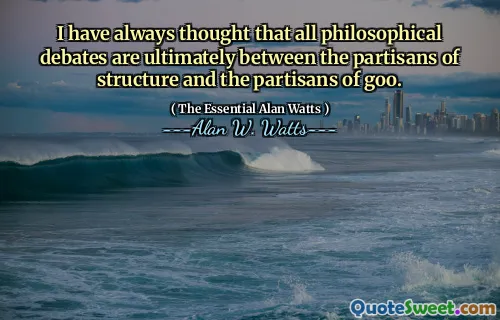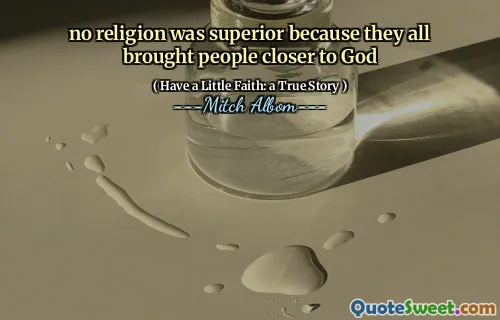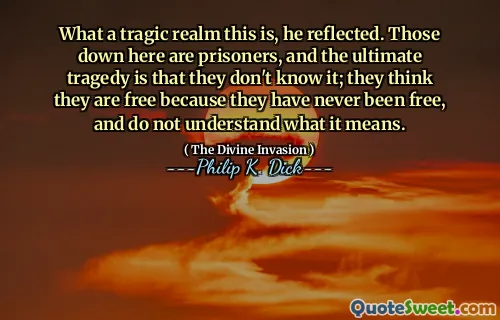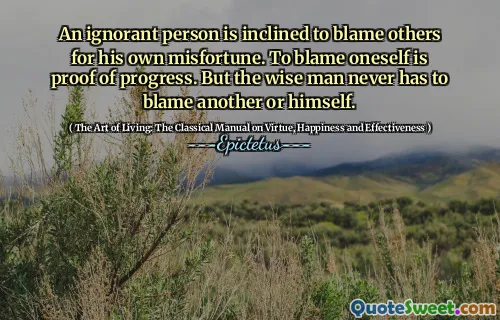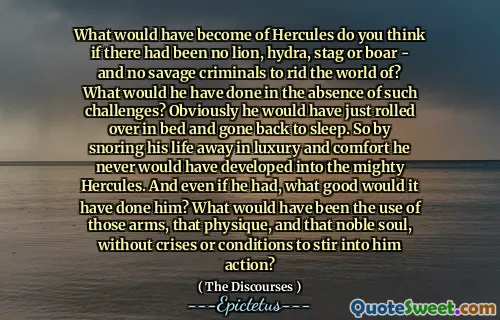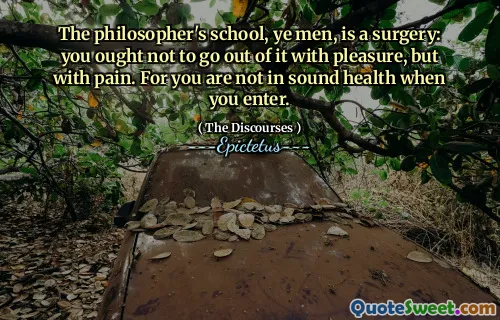
I have always thought that all philosophical debates are ultimately between the partisans of structure and the partisans of goo.
Alan Watts encapsulates a profound philosophical divide in this statement—between structure and goo. The "structure" symbolizes order, fixed rules, and defined frameworks: entities that provide clarity, boundaries, and systematic ways of understanding existence. It represents the desire to categorize and rationalize, creating firm ground on which debate and knowledge can stand. On the other hand, "goo" conveys fluidity, change, and formlessness. It suggests that reality is not rigid but amorphous, with shifting boundaries that resist simple categorization. Goo embodies spontaneity, adaptability, and the ungraspable essence of experience.
This dichotomy reflects a deeper tension in philosophy and even daily life: Is the universe best understood as a set of stable, knowable laws (structure), or as a constantly evolving, dynamic flux that defies strict boundaries (goo)? Watts’ elegant phrasing highlights how debates often pull us between these extremes. While structure gives us a sense of security and graspable meaning, it can limit the richness of experience by ignoring complexity and transformation. Meanwhile, goo invites acceptance of uncertainty and impermanence but risks dissolving into chaos or incoherence.
What makes this quote so compelling is its capacity to frame vast philosophical discussions into a simple metaphor that resonates both intellectually and viscerally. It challenges us to consider how much weight we place on order versus change, clarity versus mystery, certainty versus ambiguity. In embracing Watts’s insight, we become more aware of the balancing act between constructing meaning and surrendering to the unfolding shape of existence.
